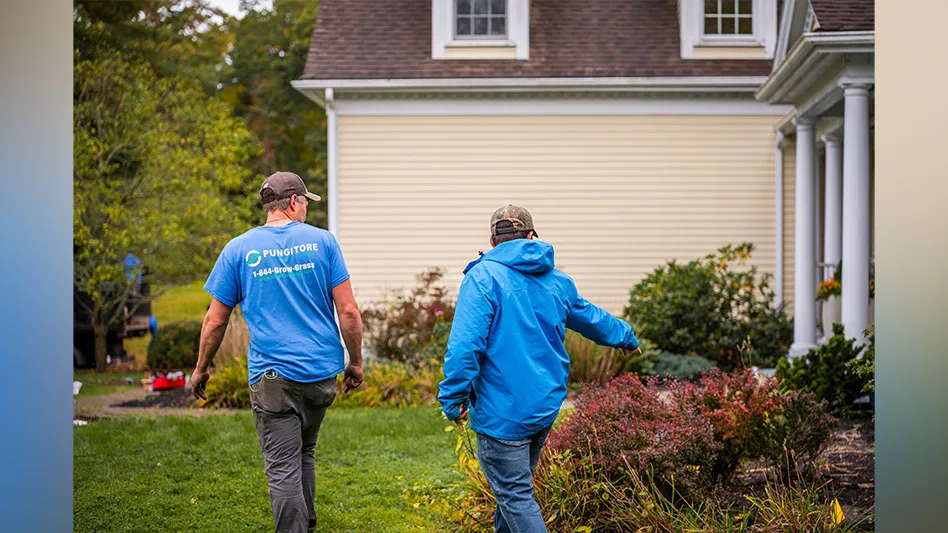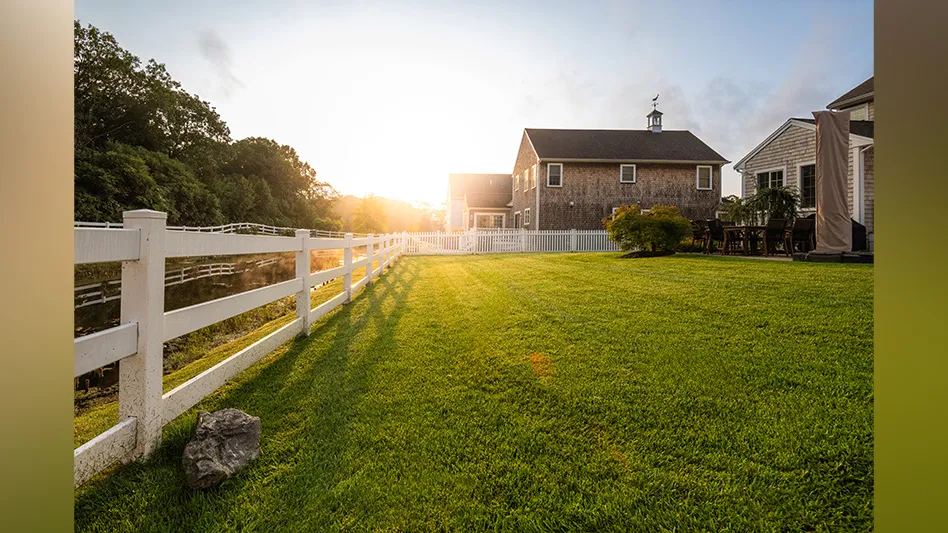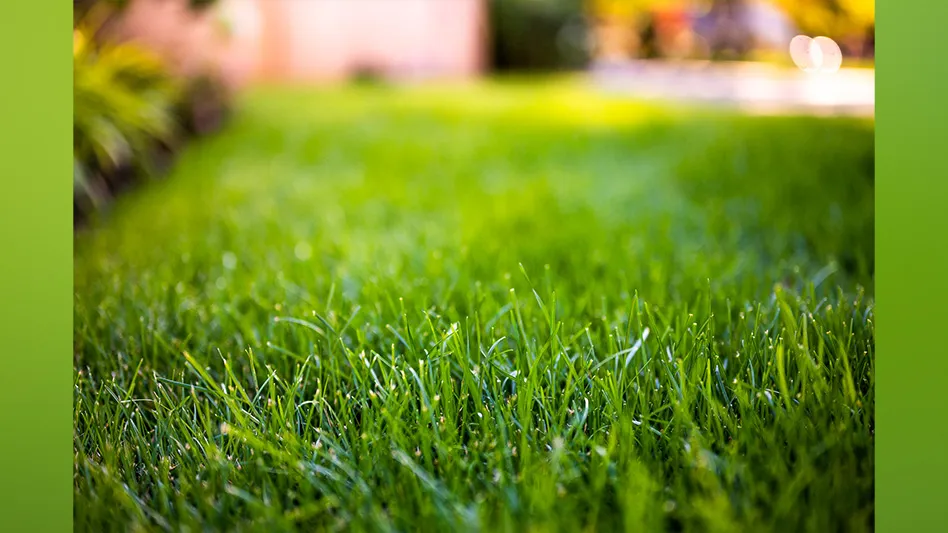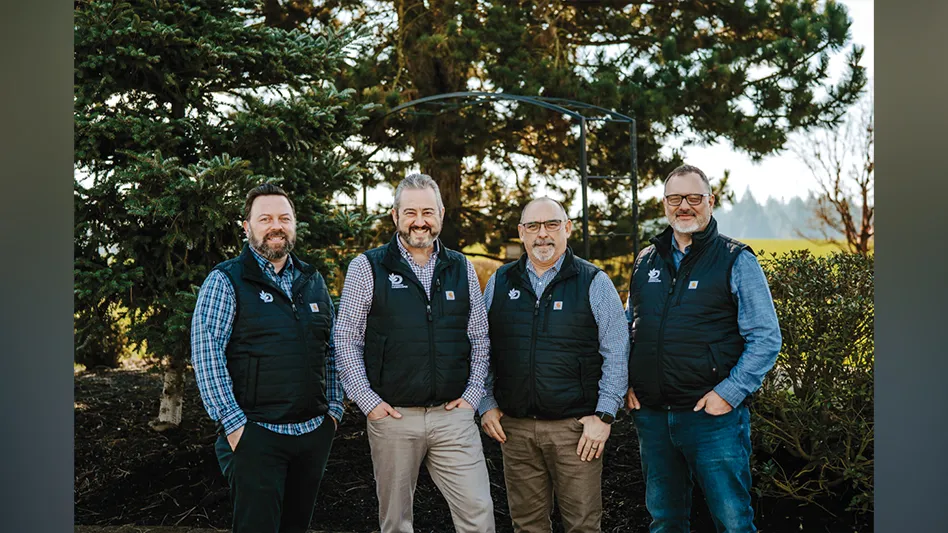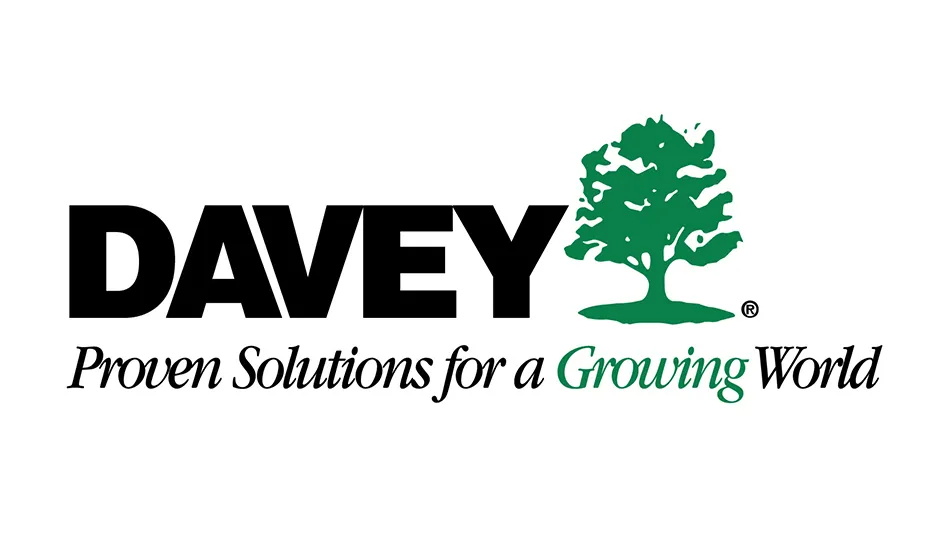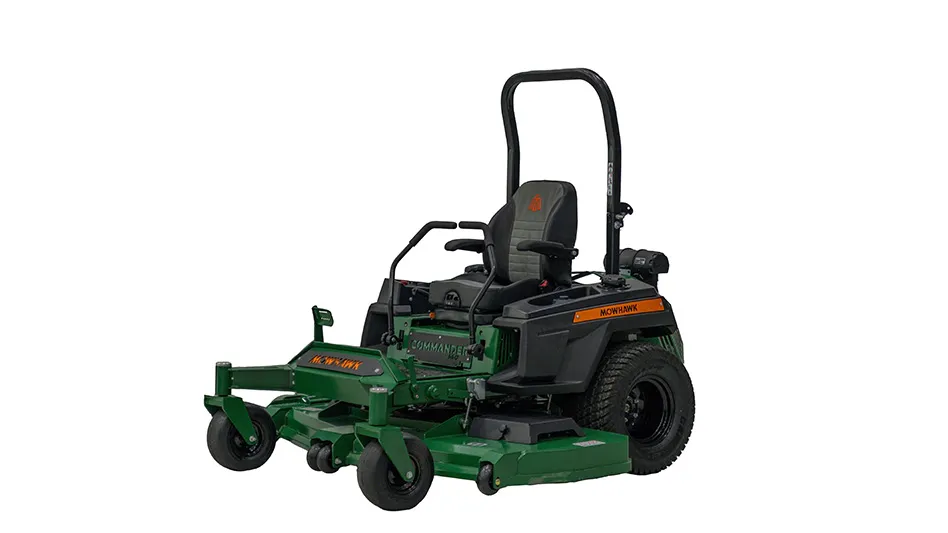
Few additions to real estate offer the tranquility, formality and opulence the way water features do.
Waterfalls, pondless streams, fountains, and other aquatic focal points add the element of running water to a property, anchor a successful landscaping plan and can literally transform residential and commercial landscapes into something truly extraordinary. But a lot goes into planning for – and successfully selling – these hardscape features, especially in the face of economic downturn and strict water restrictions unlikely to reverse any time soon.
“For years, I have been telling people that we need to get back to basics with water conservation in the context of water-feature planning. No one was listening until they started getting hit in their pocketbooks,” says Mike Garcia, president-principal of Enviroscape L.A. in Redondo Beach, Calif. “My hometown of Manhattan Beach just informed residents that they will be paying triple for water rates, which takes something beyond a concern to a full-blown crisis,” he says. “It’s not just a concern anymore. If that kind of price spike happened with gasoline, people would positively freak out.
“The great thing is that these technologies are getting more affordable and people are starting to open up to the possibilities of being green,” Garcia added. “It is the future for water in landscaping contexts.”
Several Southern states are keeping a keen eye on water usage and many contractors in those states are becoming experts with pondless systems and the like – water features with waterfalls or fountains which use gravel pits of sorts to reduce water usage and cycle existing standing water and collected rainfall.
Used in conjunction with rainwater harvesting, another green lawn, garden and landscape trend, these pondless systems are definitely growing in popularity – and not just for the cost savings and conservation possibilities.
“We’re into creating holistic, natural-looking water features, complete with rocks, gravel, aquatic plants, and (we) also do some decorative fountains made of stone as a part of a pondless system,” says Brian Dahle, owner of The Fishman in Birmingham, Ala.
“We’re finding people leaning more towards those designs, even though we haven’t had the kind of mandated water restrictions in Alabama that some states have had,” Dahle says. “They’re often just as beautiful as those with hard-lined plumbing. Our water prices do seem to go up and down like gas prices and if utility costs start to mirror costs at the pump more often, I think that people here will be even more open to thinking ahead in their ornamental designs than they already are.”
Not everyone has to contend with water restrictions. Jaak Harju of Atlantis Watergardens in Rockland, N.J. says that with nearby bodies of water and “more than enough rainfall,” residents there only have odd irrigation mandates in effect during summer months.
“Water restrictions haven’t had the kind of impact on our designs that others are dealing with, but we’re mostly OK for the moment,” Harju says. Those technologies are becoming more prevalent, though. We’re likely to see a bigger call for them in the near future, because they’re not going away.”
Dahle says he likes learning about sustainable features that are drought-tolerant and less tied to utility costs and the economic downturn. “I think it’s a matter of time before we get into that water cost usage and conservation model more seriously,” he says. “Being proactive and helping people entertaining those systems now will make that future easier in the long run.”
For the past several years, there has been a scaling back on size and scale of projects due to economic factors. Garcia, Dahle and Harju all see an easing in their respective markets. If there’s a trend taking place as it relates to hardscapes and water features, it’s that people are beginning to phase in bigger projects and opening their wallets to improve their homes in this new staycation era.
“We did see some of the smaller projects moving away when the recession hit,” Harju says. “People are starting to put money back into their properties – and we’re seeing what we call smaller, entry-level features being requested. We attribute that to the recovering economy. People are looking to spend now.”
Dahle says that a lot of his hardscape sales don’t come from direct marketing or advertising. “Word of mouth, in that grand sense, is 100 percent of the sales – people seeing and believing, or talking with our existing customer base,” he says. “We find, at least when it comes to hardscape water features, placement at home shows and display features in restaurants and public places also do a lot to break the ice. It has kept me from advertising in that more traditional print-and-television sense.”
Dahle says, in his market, their niche really didn’t see a lot of fluctuation in terms of sales or requests. He attributes this to the type and size of job they’ve been focused on.
“We have always aligned with medium sized projects – those jobs that can be done in three to four days,” Dahle says. “Once or twice a year, we get into more large scale projects that go longer than that, but we’re shooting towards small and medium projects.
“When the economy was slowing down, I think a lot of those larger projects were not in as much demand here, but our niche was aligned, profitable and affordable, and we never saw a downturn, call it dumb luck,” he added with a laugh. “With as busy as we have been lately, all indications suggest that people are ready to spend again and large scale features in our area might be making a comeback.”
For his part, Harju says that Atlantis doesn’t struggle with selling his slate of items – including newer water conserving products like a rainwater harvesting system that can be coupled with hardscape.
“Having a large basin to alleviate stormwater runoff, feeding lawns and gardens and use for a sustainable feature just makes sense. To all of us, it’s another way to alleviate stormwater runoff,” says Harju. “Because of the amount of development here in the area, we have a lot of impervious coverage and compacted soil, all of which can carry a lot of water. We figure if we can slow that water down and capture it, that slows the runoff and customers benefit in a number of ways. It’s a win-win situation.”
Dahle and Harju aim for a 50 percent profit margin on small to medium sized jobs and 35-40 percent on large installations and do a fair mixture of “big jobs” (where architects or builders bring them in) and a la carte work for individual residents and smaller businesses.
Both say they don’t aggressively chase jobs where they can’t meet those margins.
“When you get into commercial projects and you’re bidding on spec and against other contractors, your profits are lower and always expected to be – margins in commercial projects and sales are always lower and always expected to be,” says Harju.
“It’s all a numbers thing” agrees Dahle. “Some fountain features and Aquascape selections we’ve done have brought our margin up to around 60 percent, which can be better than those natural ponds we’re doing. Honestly, there aren’t a lot of industries that can claim that kind of profit.”
Harju and Dahle say that during certain times of the year, 65-75 percent of their work can come from contactors, landscape architects and designers and “the scope of work is far beyond what they’re doing or capable of. That’s when we get a piece of it,” Harju says.
“In those instances, word of mouth between architects and designers has led to new work,” he added.
“Commercial deals are a more drawn out process, with drawings architects and red tape – and landing those jobs takes a lot of effort, a lot of work is involved.
“With home designs, it’s a one-on-one process, with no middle men.”
Dahle shared similar thoughts on larger commercial jobs, adding that “while we do have some packaged feature sizes, it can be hard to do those and still be creative in the process.
“With both residential and commercial jobs, sometimes your work has to be packaged in a way, to get people’s heads around what you’re doing,” he says. “And then you can get a little creative with the plan after getting them committed to it.”
If there are any tips for other contractors moving into hardscape water features – or thoughts for those looking to expand that area of their landscaping business – Dahle is pretty succinct about them.
“It’s equally important to know the craft, know your products as well as your numbers, and then lead with great customer service. Obviously, numbers, profit margins and costs are important. … It’s not enough to just know how to build a good pond,” Dahle said.
“You need to be like a chef with the perfect ingredients, cultivate the passion you have for it and be prepared to live seasonally like a farmer. You live by the weather, dig in the earth, and in the case of ponds, you’re working with plants and livestock.
“It’s a good, hardworking career, a lot of fun and rewarding, but you have to be passionate about it to sustain your business and do it well.” L&L
The author is a freelance writer based in Bay Village, Ohio.
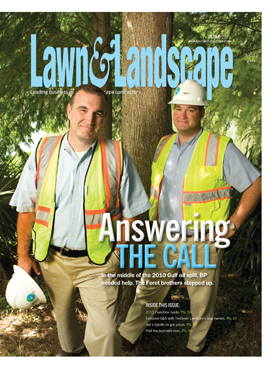
Explore the June 2011 Issue
Check out more from this issue and find you next story to read.
Latest from Lawn & Landscape
- LandCare promotes Burnett to chief people officer
- David J. Frank Landscape celebrates 65th anniversary with groundbreaking
- Lawn & Landscape’s May issue is live
- The 2024 Top 100 List
- What do we stand for?
- SiteOne partners with FMC
- GreenCare for Troops announces You Move, We Mow Challenge
- Culture shift
